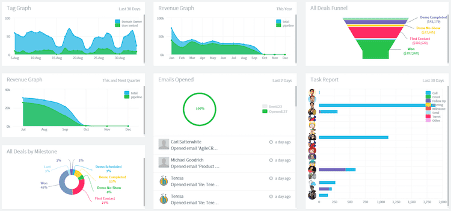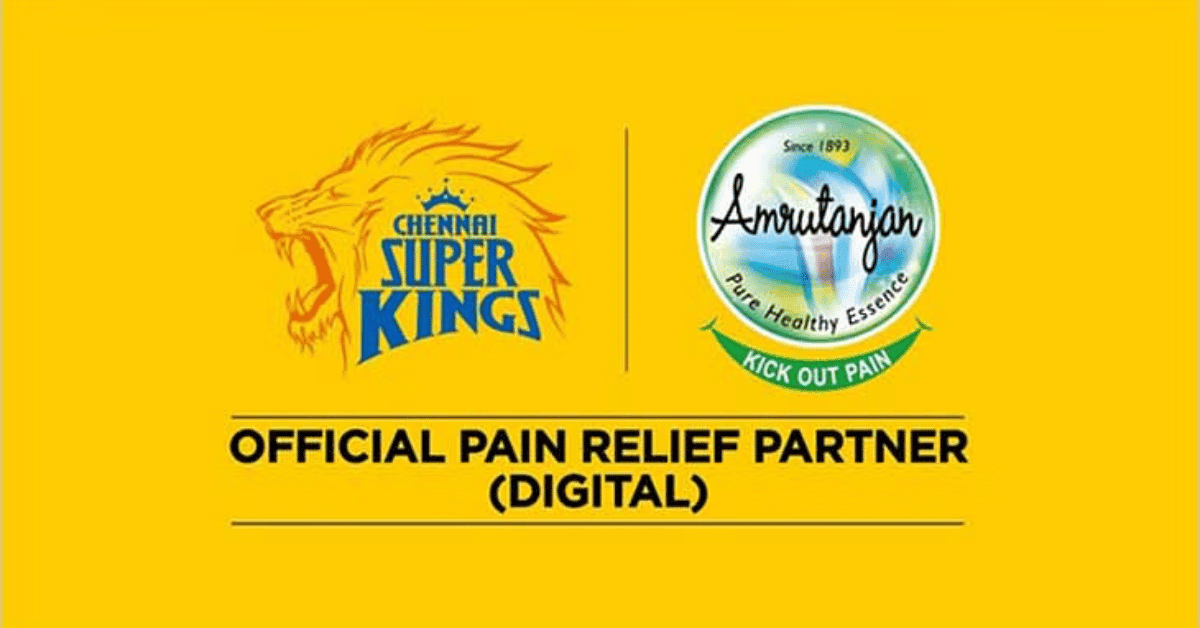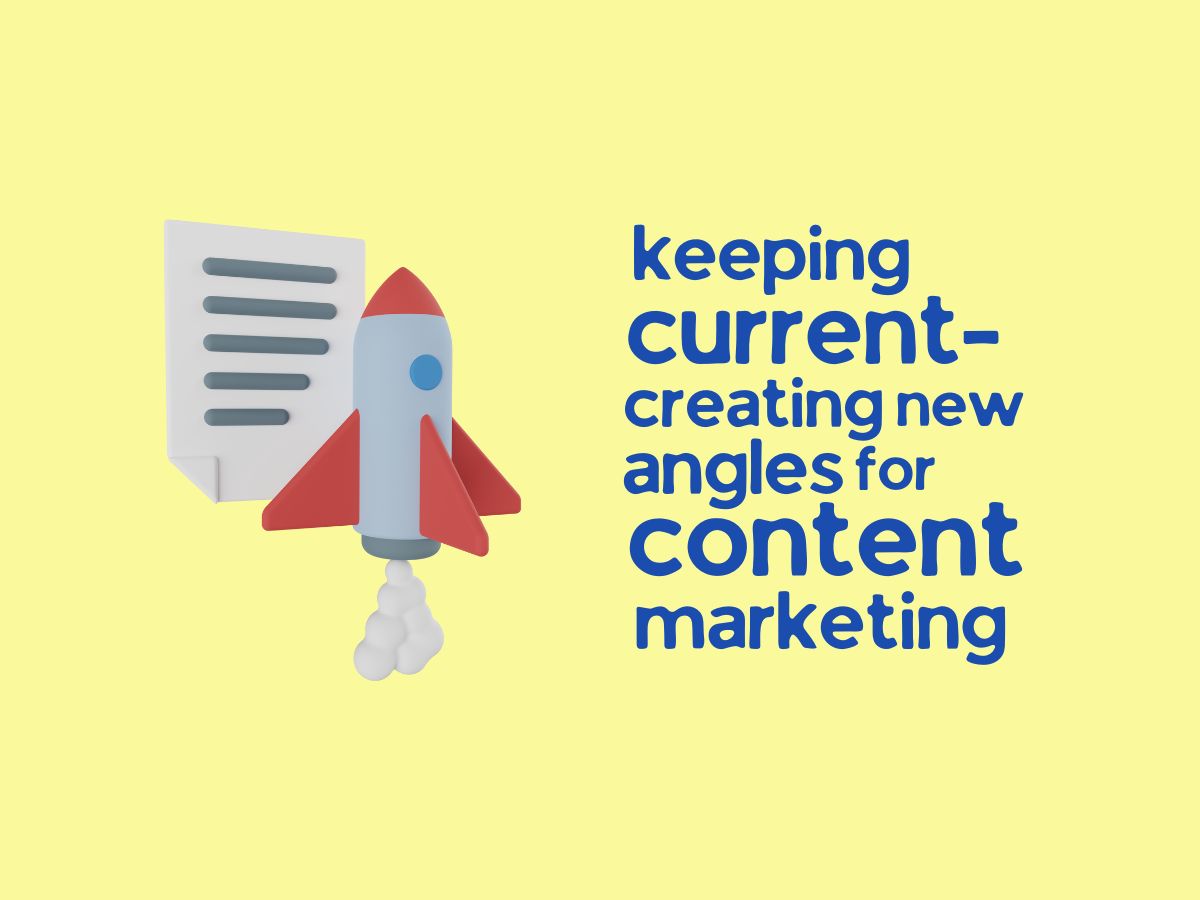Looking for a way to kickstart your business’ CRM strategy? Look no further. Browse our top CRM strategies for 2021, and compare quotes from leading CRM software suppliers
Launching a business venture. Budgeting for the next financial quarter. Hanging on to your get-out-of-jail-free card and building a hotel on Park Lane. Whether in business, life, or the frustrating realm of family board game night, almost everything you’ll ever do requires some kind of strategy. That is, if you want to do it right.
That’s why developing a fully-formed CRM (customer relationship management) strategy is the most important thing your business will do this year.
A CRM strategy governs the who, what, how, why, and where of your business’ interactions with your clients. It’s how you’ll acquire, sell to, re-engage, and retain your customers, and – ultimately – how you’ll grow your business and bottom line.
The only thing is, CRM strategies (like Monopoly strategies) can be pretty tough to put together.
Plus, CRM goals, visions, and strategies alone won’t revolutionise your business; and they don’t operate in a vacuum. The brains of your strategy should always go hand in hand with the brawn of a CRM system – and if you don’t have one already, you should look into it.
All that aside, you’re here for some CRM strategy inspiration. But before we get started on our top 10 CRM strategies for UK businesses, a quick word on the distinction between CRM strategy and software – and what it means for you.
CRM: Strategy or Software?
CRM refers to both a strategy, as well as a type of software (or system) for enacting that strategy. So how do they fit together?
Well, while a strategy will guide your approach to your customer relationships, a CRM system will help you implement it. We’re big advocates for CRM systems – and, that being so, the ten CRM strategies below will all require your business to be using CRM software to execute them to their full potential.
If you don’t already use CRM software, don’t fret – it’s easy to get set up with one.
Simply take our quick questionnaire, providing us with some information about your business’ CRM requirements. When we’re confident that we know exactly what you need – that is, your team size, the particular CRM features you’ll require, and what type of contact management software you already use – we can do our best work.
That involves matching you with CRM suppliers. Not any old companies, though – just those that are a good (the best!) fit for your business. They’ll then be in touch with you directly, to provide tailored CRM quotes and advice.
It takes 30 seconds, and is free for UK-based businesses. And, when you’re done, you’ll have everything you need to plan, develop, and execute your own CRM strategy – and start reaping the rewards.
1. Customer interaction and behaviour tracking
The first and foremost tenet of any good CRM strategy? Knowing your customers.
CRM software takes the guesswork out of tracking how prospects and deals find and interact with your business online. It also allows you to store a wide range of data about current clients, as well as those still being courted.
Which ad did Geoff click on? Did Beatrice engage with your email, or leave it unread? Which social media platform is Miriama most likely to find you on?
Once you’ve hooked your customers, CRM software then paves the way for you to get to know them a little better. And we don’t just mean their name, email address, or job title. Nope – we’re talking the date and nature of their last engagement with your brand, their previous orders, and their total spend – essentially, exactly what you need to target them with discounts tailored to their particular purchasing preferences.

This CRM strategy example, pulled straight from HubSpot, illuminates how easy the platform makes it to track your clients.
In addition to Greg’s contact details, you can view how many products he’s bought, how much he’s spent, and when he first made a purchase from your company. You can also email, call, or ‘meet’ him through the CRM’s interface – and any conversations you have with the guy will be recorded in the activity feed.
Of course, storing data comes with a few ethical issues, and you need to ensure that you’re respecting your customers’ privacy. That’s why CRM software is GDPR-compliant, and set up to only retain the customer data that you’re required (and allowed) to keep.
CRM strategy #1: Establish an extensive, ethical database about your customers to learn about how, when, and where they’re interacting with your brand. The more you know them, the better you’ll be able to sell to them.
2. Loyalty and rewards programs
The Tesco Clubcard. Starbucks Rewards. The IKEA Family.
Whether it’s tallying up Avios points or earning ourselves a free coffee, we all love being rewarded for our loyal custom. But is your business taking advantage of this powerful marketing tool? And how do you get started?
CRM software is the easiest, most direct route to fostering customer loyalty. Whether it’s reaching out with a special birthday treat or following up to check on a recent purchase, CRM allows you to personalise and perfect the customer experience.
And, by allowing your customers to accumulate digital currency when they buy, they’ll be more motivated to come back to you – and spend again. After all, why let those points go to waste?

Cosmetics behemoth Sephora provides an excellent example of this particular CRM strategy.
With more than 17 million members, Sephora rewards its customers with tailored offers and discounts. The program is structured in three tiers, so the more you spend, the better the rewards – and the greater the exclusivity.
Better still, Sephora further nurtures customer loyalty and engagement through running an online forum. Here, its members can come together to discuss products, and share user-generated recommendations and advice.
CRM strategy #2: Reward your best customers with discounts and offers that are personalised to their preferences. Engender exclusivity with a tiered loyalty system, and cultivate user participation through an online community.
3. Tailored, targeted marketing
So, you’re committed to customer interaction and behaviour tracking, with a customer loyalty strategy firmly in place. Now it’s time to get (even more) proactive – to start putting that data into use with marketing campaigns that are hand-crafted to your audience.
Here are four tips to help you build a CRM strategy around more effective marketing:
a) Personalise your emails!
Research suggests that emails with personalised subject lines are 26% more likely to be opened – and it’s not hard to see why. You’re already sending your customer an unsolicited email – the least you can do is address them by name!
Plus, it makes it feel a bit less like bulk marketing (which, of course, it is), while adding a dash of the personal.

Did I open this email? Yes, yes I did. And the food was delicious.
b) Segment your customers
Marketing with a ‘one-size fits all’ kind of approach rarely succeeds. Because, naturally, what works for one customer won’t necessarily resonate with another.
That’s why you need to segment your email lists. With the right marketing CRM software, you can sort your audience by demographic, purchase history, and personal preferences. This ensures the right messages always go to the right people, while helping you steer clear of any embarrassing slip-ups.
c) Be specific!
Being specific about what you’re offering is key to good email marketing. It also helps reduce any mental strain on the reader, allowing you to get straight to the point. Take the following CRM strategy example I received recently:

This discount from ride-sharing app Bolt is an attention-grabber.
I know what the offer is, how many trips I can use it on, and where (and when) I can use it. The stipulations are clear and signposted, and I know exactly where to go if I get stuck (the app).
d) Make it easy to unsubscribe
This may sound counter-intuitive to what you’re trying to achieve, but it’s hugely important.
Making it easy for your user to unsubscribe – ideally, by including a clearly visible link in the email footer – helps you remain GDPR compliant, while minimising annoyance to the reader. Aside from being the right thing to do, it also helps you inspire trust and confidence in your brand, and avoid being ‘spammy’.
Plus, it has benefits for your CRM database, too – clearing out users that are no longer engaged, and freeing up room for more lucrative prospects.
CRM strategy #3: Build a marketing CRM strategy around tailored, personalised emails,. Segment your customer lists to avoid mistakes, and maximise the effectiveness of your marketing messages.
4. Data cleansing and deduplication
Profits, prestige, power – as your business grows, lots of things will come your way, many of which you’ll enjoy. However, we’re guessing that increased media scrutiny isn’t one of them.
That’s why you’ll want to avoid any high-profile mistakes when communicating with your customers.
Attempting to sell a product to a customer you should have known was long-deceased, or addressing marketing emails to a married couple that split long ago? These pitfalls can cost you your reputation – and they’re surprisingly easy to fall into.
Fortunately, these kinds of errors can be avoided with the right CRM software.
By unifying your data into a single system, you avoid entries being duplicated across disparate systems. Sensitive customer data will be easier to manage, cleanse, and regulate – and you can be confident that you’re always working with the most accurate information.
CRM Strategy #4: Prioritise the regular auditing and cleansing of your customer database to eliminate mistakes, and ensure data integrity and relevance.
5. Sharper stakeholder reporting
Stakeholders, shareholders, auditors. The media. If they have anything in common, it’s that they all expect you to be able to deliver an accurate, segmented view of your entire customer base – often at just a moment’s notice.
And, let’s face it – no matter how much of an ‘Excel wizard’ you are, spreadsheets alone aren’t going to cut the mustard here. So what will?
Pulling your range of business and customer data into a single place – and allowing you to manipulate it via a series of online dashboards – analytical CRM software enables a new level of number-crunching. Reports are easy to generate, simple to export, and a breeze to read.

This CRM strategy example from AgileCRM shows how dynamically you can visualise your business’ key customer data. Agile, indeed!
CRM strategy #5: Utilise CRM software to generate internal and external reports about your customer base and business’ health. Increase your credibility and transparency in the eyes of stakeholders and the media – and do it in style.
6. Customer relationship identification
When it comes to cultivating good customer relationships, simple management isn’t enough. You’ll need to identify, too.
That is, you’ll need to understand not only your relationships with your customers, but what professional or personal relationships they have with each other, too.
The right CRM software offers a holistic view of your customer database – allowing you to identify where any need-to-know (and potentially profitable) connections occur between your clients.
It also helps to know about personal connections, too. Being aware that a customer has two young children might be important for marketing purposes, for example. But it can also help you avoid major embarrassment – like sending inappropriate sales propositions to your clients’ kids.
CRM strategy #6: Develop an understanding of your client’s professional and personal connections to better tailor your sales and marketing efforts to them.
7. Customer service team integration
Sure, CRM software does a lot for your sales team. Your marketing department, too. Still, for everything to perform at its peak, you’ll also need to keep your customer service staff in the loop.
Fortunately, that’s easy to do. Your CRM system feeds info about any interactions or successes your sales and marketing teams have had with a client directly to your customer service team. This allows the latter to quickly see what’s gone wrong – and how to fix it.
After all, there’s nothing worse than being stuck on hold – bouncing from one customer service agent to another, and having to explain your issue several times over. It’s bad service, and a common CRM problem. So don’t fall prey to it!
Use a CRM system instead. With everything they need at their disposal via the software’s unified, cloud-based interface, your customer service team will be able to handle issues, requests, and complaints with greater ease and professionalism.
CRM strategy #7: Connect your teams, unify your business, and make knowledge-sharing with your customer service team a top priority.
Up next: Best CRM for Customer Service in 2021
8. Value-added content creation
We’ve discussed the benefits of email marketing – that is, reaching out to customers directly to sell to them. But what about people coming the other way? How do you attract, engage, and convert new, inbound customers to your website – and turn them from prospects into clients?
The answer, of course, is content.
Whether it’s a blog, an innovative social media strategy, or a downloadable ebook or guide, you need to offer your users something they can’t get elsewhere.
Publishing original content in unique formats – videos, infographics, case studies, whitepapers, tutorials – is an excellent route to establishing yourself as an authority in the eyes of your readers. It’s also a great way to offer them some genuinely entertaining, informative content (with a few call-to-actions along the way, of course!).
Here’s where a CRM system comes in. As well as providing a platform for you to create, curate, schedule, and publish original, SEO-optimised content, it integrates with your social media accounts, to simplify community management.
Let’s take this CRM strategy example from Salesforce.
You can monitor keyword trends, review past social media post performance, and assess engagement levels – all from within a single interface. The software also integrates with social media monitoring tools– keeping you forever in the loop as to what your customers are saying about your brand and industry.
For more information, go explore our Salesforce review, updated for 2021.
CRM strategy #8: Creating unique, value-added content for your website and social channels (and monitoring it with a CRM system) adds a whole new dimension to your services. Your customers will love it.
9. Employee empowerment and autonomy
It’s simple arithmetic. Employees + empowerment = productivity.
There are plenty of ways in which a CRM system can boost employee empowerment. It breaks down data silos, fosters more efficient team collaboration, and adds a layer of transparency to every interaction your sales, marketing, and customer service teams have with clients.
Not only will your staff feel more accountable and independent, they’ll feel more confident – freed up to use the CRM tools and data at their disposal to make better decisions,
All killer CRM strategies place an emphasis on the people behind the business, rather than solely the profit. So should yours.
CRM strategy #9: Use CRM software to empower your team with greater access to data and improved collaboration.
10. Inspiration from CRM’s big names
When you’re all out of ideas, there’s nothing like turning to the biggest, most successful businesses in the world for inspiration.
Let’s take a look at two: Amazon and Apple.
Amazon’s CRM strategy is built around Prime, its premium subscription service. Prime is designed to personalise the entire purchasing process. Whether it’s sending you an offer for a product you were browsing, or encouraging you to revisit a forgotten shopping cart, Amazon has several CRM tricks up its sleeve.
To find out more, read our detailed Amazon CRM case study.
Pictured: Thanks to Amazon Prime’s persistent, persuasive algorithm, I’m now the proud owner of the latest Mark Edwards thriller… and seven jars of Nutella.
Apple’s CRM strategy, meanwhile, is much more hands-off.
Led by founder and disruptor Steve Jobs, Apple famously eschewed market research and traditional customer loyalty programs.
Instead, Apple built its brand around its products, with its CRM strategy stemming from how the Silicon Valley giant’s customers interact with its innovative inventions.
Just think – thousands of videos exist online of Apple users ‘unboxing’ their new iPhone or Apple Watch. Elsewhere, Apple’s physical stores are a hub where potential customers can play and explore Apple’s range without the pressure to purchase – a monument to Apple’s playful, immersive approach to CRM strategy.
Head to our Apple CRM case study to learn more.
CRM strategy #10: Learn from big brand CRM case studies. Make inviting customer participation a key part of your marketing strategy. Tailor your checkout process to re-engage lapsed customers and minimise cart abandonment.




















